Share This Post:
Building student agency in the classroom is essential for promoting student engagement, autonomy, and ownership of learning. I have a FREEBIE for parents and educators about what a Blended Learning classroom looks like here.
First let’s start with what Blended Learning is…

Blended learning is an educational approach that combines traditional face-to-face classroom instruction with online learning experiences. It integrates technology and digital resources into the learning process, creating a hybrid learning environment that combines the benefits of both in-person and online instruction.
In a blended learning model, students typically engage in a mix of activities, such as attending physical classes, participating in online discussions, completing digital assignments, and accessing multimedia resources. The specific combination and balance between in-person and online components can vary depending on the instructional goals, student needs, and available resources.
Blended learning offers several advantages. It provides flexibility, allowing students to access learning materials and complete assignments at their own pace and convenience. It promotes personalized learning, as students can receive individualized instruction and access resources tailored to their needs and interests. It also fosters active learning, as technology tools and online platforms can facilitate interactive and engaging learning experiences.
The online components of blended learning often involve learning management systems (LMS), video lectures, interactive multimedia, digital simulations, online quizzes, and collaborative platforms. These tools enable students to access resources beyond the classroom, communicate and collaborate with peers and teachers, and receive immediate feedback on their progress.
Blended learning can be implemented in various educational settings, from K-12 schools to higher education institutions and professional development programs. It is a flexible approach that allows educators to leverage technology while still maintaining valuable face-to-face interactions and instructional support.
Overall, blended learning aims to enhance learning outcomes by combining the strengths of in-person instruction and digital resources, providing a dynamic and adaptable learning environment for students. Check out more on Blended Learning on my BL homepage. I have related blog post and resources available for teachers.
Next, let’s go over what Student Agency looks like in the classroom!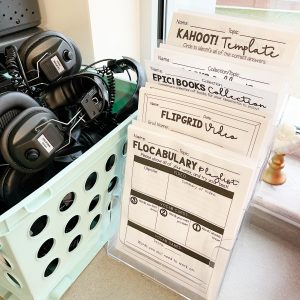
Student agency in the classroom refers to the degree of autonomy, ownership, and active participation that students have in their learning process. Here are some key characteristics and examples of what student agency looks like in the classroom:
1. Self-directed learning: Students take responsibility for their learning by setting goals, planning their tasks, and monitoring their progress. They make decisions about how to approach assignments, projects, or research topics, considering their interests and learning preferences.
Example: Students have the freedom to choose a topic for a research project within the broad scope of the curriculum. They conduct independent research, develop their own questions, and present their findings in a format of their choice.
2. Decision-making and voice: Students have opportunities to make decisions about their learning experiences, including selecting learning activities, collaborating with peers, and providing input on classroom rules or topics of study.
Example: Students participate in a class discussion to collectively determine the criteria for a group project. They have a voice in deciding how the project will be organized, what roles each member will have, and how they will evaluate their group’s performance.
3. Personalized learning: Students have the flexibility to pursue their interests, choose learning resources, and engage with content in ways that suit their learning styles and needs.
Example: Students have access to a variety of resources, including digital tools, textbooks, and online platforms, to explore a topic of their choice. They can choose from different formats (e.g., articles, videos, podcasts) and demonstrate their understanding through diverse means (e.g., written essays, presentations, multimedia projects).
4. Collaboration and student-led discussions: Students actively engage in collaborative learning experiences, such as group projects, peer feedback, and discussions. They contribute their ideas, listen to others, and collaborate to solve problems or explore complex topics.
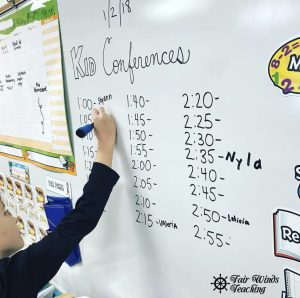
Example: Students work in small groups to analyze and discuss a case study. They share their perspectives, engage in critical thinking, and collaborate to propose solutions or recommendations based on their collective insights.
5. Reflection and metacognition: Students regularly reflect on their learning progress, identify strengths and areas for improvement, and set goals for future growth. They develop metacognitive skills that help them become aware of their own thinking and learning strategies.
Example: Students engage in reflective writing or journaling, considering questions such as “What did I learn today?”, “What strategies worked well for me?”, or “What could I do differently next time?” They also have opportunities for self-assessment and peer feedback to enhance their metacognitive awareness.
6. Active engagement and creativity: Students are actively involved in their learning, applying critical thinking, creativity, and problem-solving skills. They have the freedom to explore and generate ideas, take risks, and innovate.
Example: Students participate in project-based learning experiences where they design and create a solution to a real-world problem. They utilize their knowledge and skills, think critically, and propose creative solutions, demonstrating their agency and innovation.
These examples illustrate how student agency in the classroom promotes autonomy, engagement, and a sense of ownership over the learning process. By fostering student agency, educators empower students to become active participants in their education, develop lifelong learning skills, and pursue their academic interests.
Here are some effective strategies to foster student agency:
1. Set clear learning goals: Involve students in the goal-setting process and ensure they understand the purpose and relevance of what they are learning. This helps them take ownership of their learning journey.
2. Choice and autonomy: Provide students with opportunities to make choices about their learning. Offer options for assignments, projects, or reading materials that align with the learning objectives, allowing students to explore their interests and personalize their learning experience.
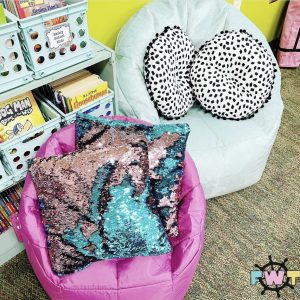
3. Foster a growth mindset: Encourage a growth mindset by teaching students that intelligence and abilities can be developed through effort and perseverance. Emphasize the value of mistakes as learning opportunities and encourage students to embrace challenges.
4. Scaffolded support: Gradually release responsibility to students by providing scaffolds and support as needed, then gradually reducing it over time. This allows students to take on more responsibility for their learning and builds their confidence and independence.
5. Student-centered learning activities:
Incorporate student-centered learning activities such as inquiry-based projects, problem-solving tasks, and collaborative group work. These activities encourage students to take an active role in their learning, make decisions, and take ownership of the process.
6. Reflection and self-assessment: Encourage regular reflection and self-assessment to help students develop metacognitive skills and become aware of their own learning progress. Provide opportunities for students to set goals, evaluate their work, and identify areas for improvement.
7. Student voice and agency: Actively listen to student perspectives and involve them in decision-making processes regarding classroom rules, activities, and projects. Seek their input and value their opinions, fostering a sense of ownership and responsibility.
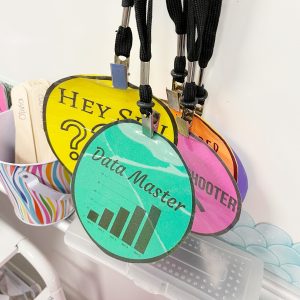
8. Cultivate a supportive classroom culture: Create a safe and inclusive classroom environment where students feel comfortable expressing themselves, taking risks, and sharing their ideas. Encourage collaboration, mutual respect, and active participation.
9. Teacher as facilitator:Shift from a traditional teacher-centered approach to a facilitator role, guiding students’ learning rather than solely delivering content. Support and mentor students as they develop their skills, allowing them to take charge of their own learning.
10. Celebrate achievements: Recognize and celebrate students’ achievements, progress, and effort. Highlight their successes and growth, reinforcing the importance of agency and motivation.
Remember that building student agency is an ongoing process. By implementing these strategies consistently, you can empower students to become active participants in their education and lifelong learners.
More on FW! Check out my post on the Fair Winds Teaching Lifetime Membership!
Save This Info on Student Agency in the Blended Classroom!
Don’t forget to pin this post to your teacher board to keep all the information on student agency in the blended classroom handy! And “Follow” Fair Winds Teaching to stay up to date on all the latest!
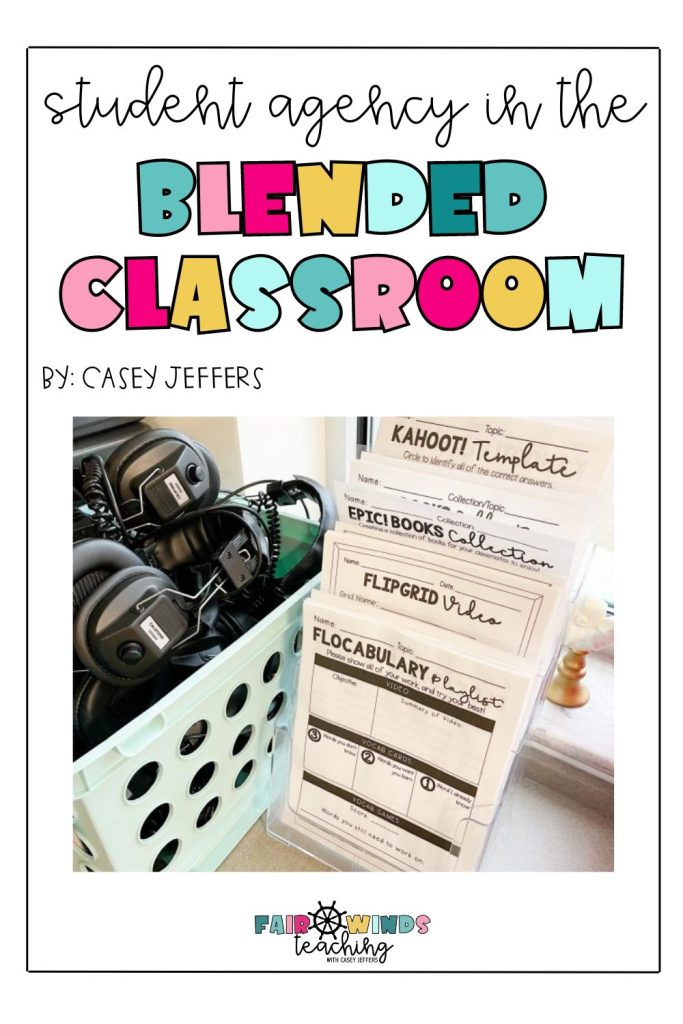
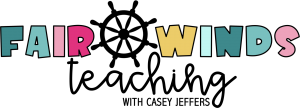






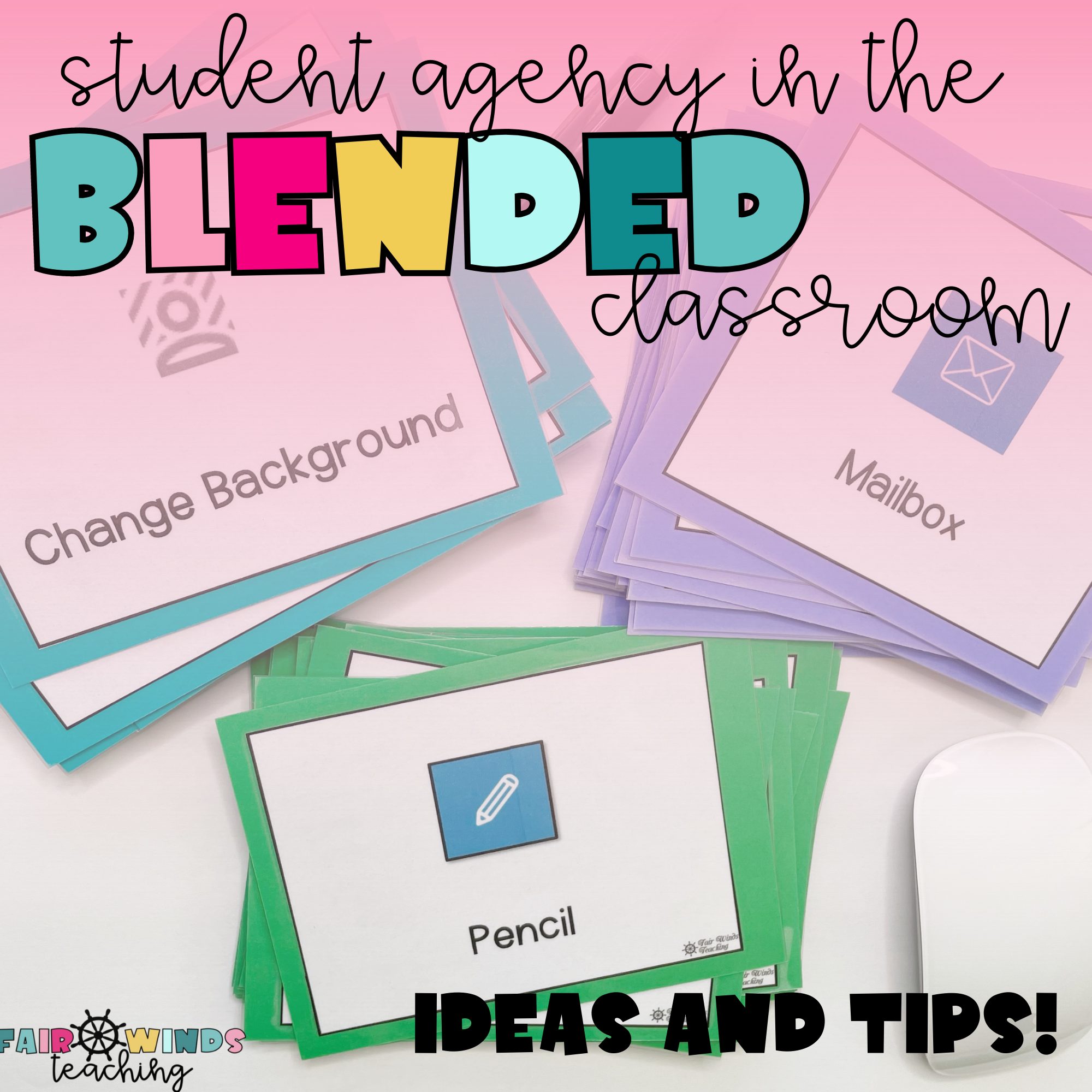
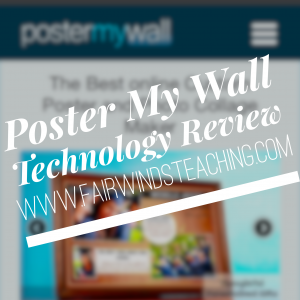
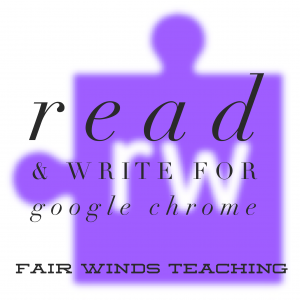
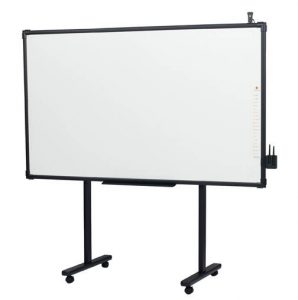
Pingback: Can I Really Plan a Classroom Transformation?? - Fair Winds Teaching